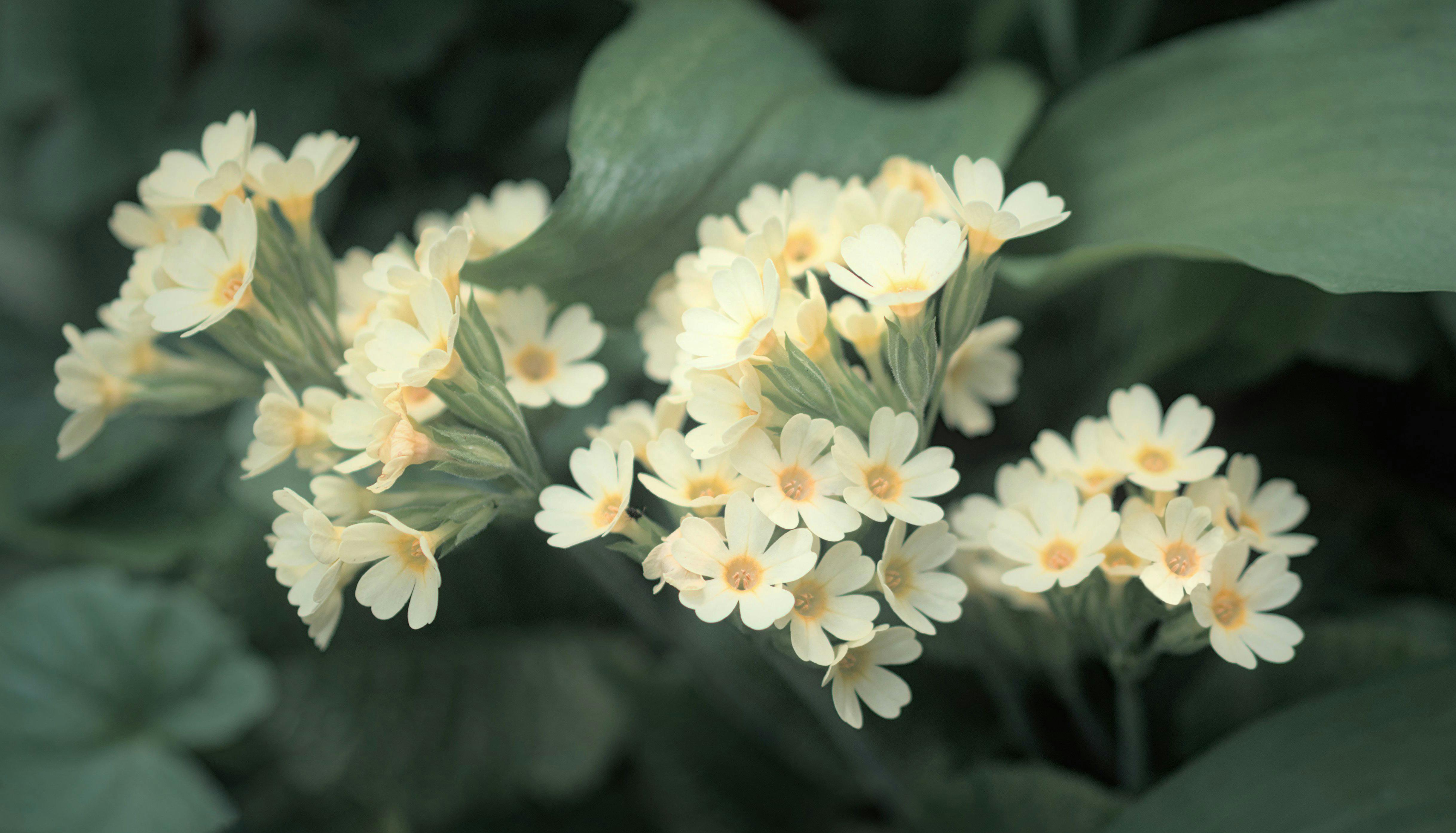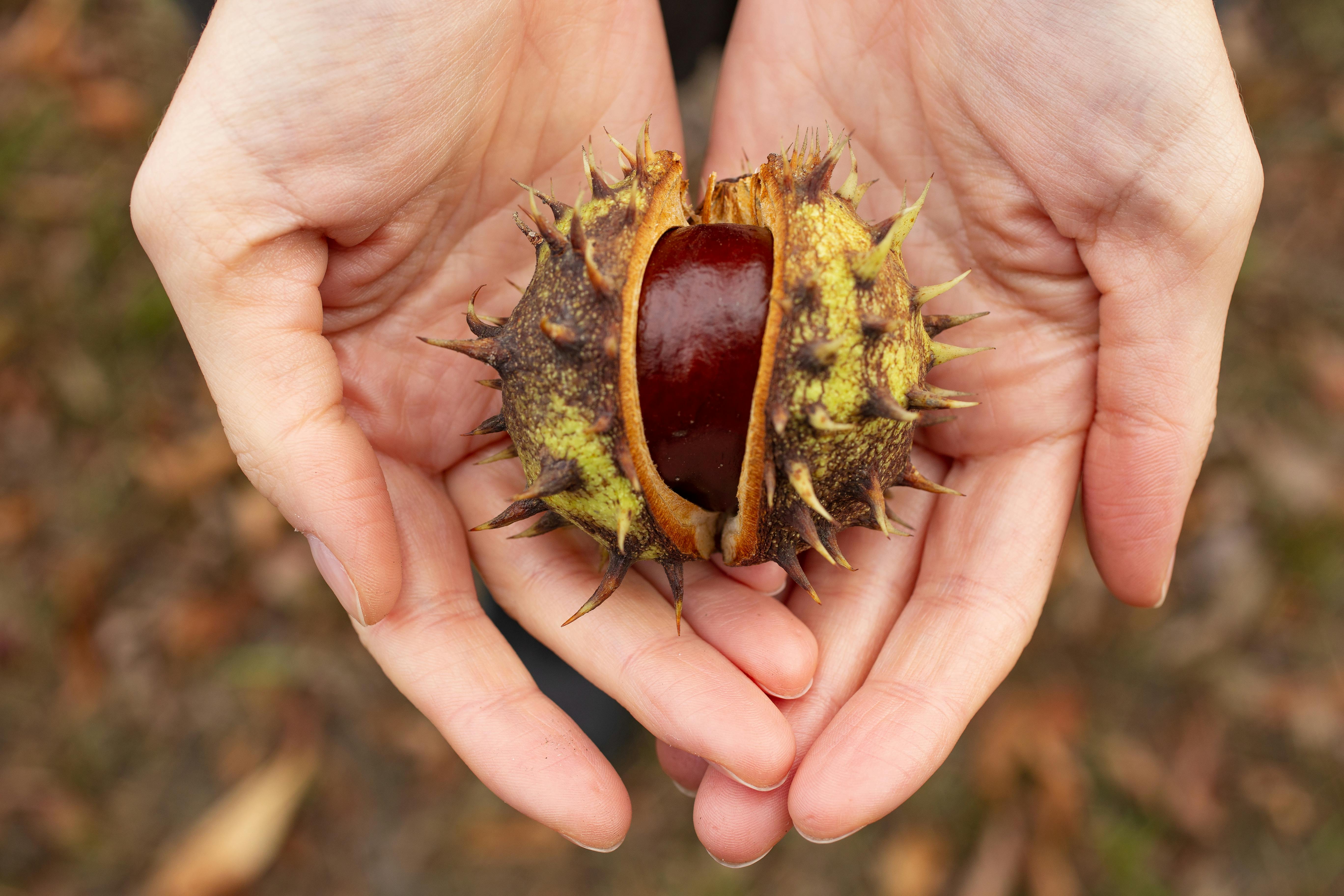Mr. Gardener: Creating Your Dream Garden
If you’re interested in transforming your outdoor living space, Mr. Gardener is your go-to resource. This guide will delve into practical tips, strategic advice, and inspiring ideas to help you create the garden you’ve always dreamed of. Whether you’re a seasoned horticulturist or just starting out, understanding the fundamentals will go a long way in making your gardening endeavors successful.
Designing Your Outdoor Oasis
When it comes to designing your garden, having a clear vision is vital. Begin by assessing the space you have available, including sunlight, drainage, and the existing landscape. Consider incorporating **native plants** that thrive in your local climate and require less maintenance. By striking a balance between aesthetics and functionality, you can create an outdoor oasis that not only looks stunning but also supports local wildlife.
Understanding Garden Layout
A well-planned garden layout acts as the backbone of your design. Start with the basics: determine which areas will be beds for flowers, vegetables, or shrubs. Use tools like garden planners or apps to visualize your design. For example, raised beds can be a fantastic addition for urban gardeners with limited space. They maximize accessibility while ensuring excellent drainage and soil quality. Consider layering plants, taller ones in the back and shorter in the front, to promote visibility and aesthetic appeal.

Choosing the Right Plants
Selecting appropriate plants is crucial for the success of your garden. You’ll want to consider factors such as your climate zone, the soil type, and the amount of sunlight different areas receive. Begin with easy-to-grow plants like **marigolds**, **lavender**, or **zucchini**, which are forgiving for beginners. When populating your garden, aim for a mix of annuals and perennials to ensure year-round beauty. It’s also wise to plant in groups – this not only creates visual interest but also encourages a healthy ecosystem among the plants.
Essential Gardening Techniques
Mastering some basic gardening techniques can work wonders for your plants’ growth. **Soil preparation** is arguably one of the most important steps. Healthy soil is rich in nutrients and has a balanced pH. Amend your soil with compost to enhance its quality and structure. Regular watering is also critical; ensure that plants receive enough moisture without being overwatered. Consider using a drip irrigation system for efficiency and to support deep root growth.
Mulching for Healthier Plants
Mulching is a key technique in maintaining soil health and conserving moisture in your garden. A layer of mulch helps prevent weed growth and provides insulation against extreme temperatures. Organic mulches like shredded bark or straw break down over time, enriching the soil with nutrients. Not only does it serve a functional purpose, but mulching also elevates the aesthetic of your garden beds.

Effective Pest Management
Managing pests organically is essential for maintaining the health of your plants. **Crop rotation** is an effective method that disrupts pest life cycles and encourages biodiversity. Additionally, introduce beneficial insects like ladybugs and lacewings that naturally prey on harmful pests. If you must use pesticides, opt for organic solutions that won’t harm beneficial insects or your garden’s ecosystem.
The Joy of Gardening
Gardening is not just about creating an outdoor haven; it’s also about embracing a lifestyle that promotes wellness and mindfulness. Tending to plants can be therapeutic, providing a much-needed break from the fast-paced world. It encourages you to connect with nature and fosters a sense of accomplishment as you watch your efforts flourish into beautiful blooms or bountiful produce.
Building a Gardening Routine
Establishing a consistent gardening routine can streamline your efforts and enhance your experience. Dedicate specific times each week for tasks such as watering, weeding, and planting. This not only helps maintain the health of your garden but also gives you a structured timeframe to enjoy the beauty you’re cultivating. Remember to document your gardening journey; keeping a garden journal can help you track your progress and provide insights for future seasons.
Gardening as a Community Activity
Engaging with a local gardening community can offer inspiration and support. Join gardening clubs or community gardens where you can share tips, trade plants, and learn from others. Participating in these groups can provide access to resources you may not have on your own and foster friendships with fellow gardening enthusiasts.
Key Takeaways
- Start with a well-planned garden layout to maximize space and aesthetics.
- Choose the right plants for your climate and soil to promote growth.
- Implement essential techniques, such as mulching and pest management, for ongoing plant health.
- Embrace gardening as a therapeutic activity to enhance your well-being.
- Engage with community resources to share knowledge and experiences.
FAQ
1. What are the best plants for beginners?
Some of the best starter plants include **sunflowers**, **zucchini**, and **herbs** like basil and mint. These plants are relatively low-maintenance and provide quick rewards for new gardeners, making them ideal for those just starting their gardening journey.
2. How can I improve my garden soil quality?
Improving your garden soil can be achieved by adding organic matter like compost, which enriches the soil and enhances its structure. Regular soil tests can help you understand its nutrient content and pH, allowing you to address specific deficiencies effectively.
3. What are some organic pest control methods?
Organic pest control methods include introducing beneficial insects, using neem oil sprays, and setting traps for larger pests. Additionally, planting companion plants that repel pests can also help deter unwanted insects naturally.
4. When is the best time to plant?
The best planting time varies by region and the type of plants you’re working with. Generally, **spring** is ideal for most annuals, while **fall** planting can be beneficial for perennials. Research your local climate and plant hardiness zones for the most accurate information.
5. Can I garden in a small space?
Absolutely! Container gardening and vertical gardening are excellent solutions for small spaces. Use pots, hanging baskets, and wall planters to maximize your planting area, allowing you to grow herbs, vegetables, and flowers without needing a large yard.
